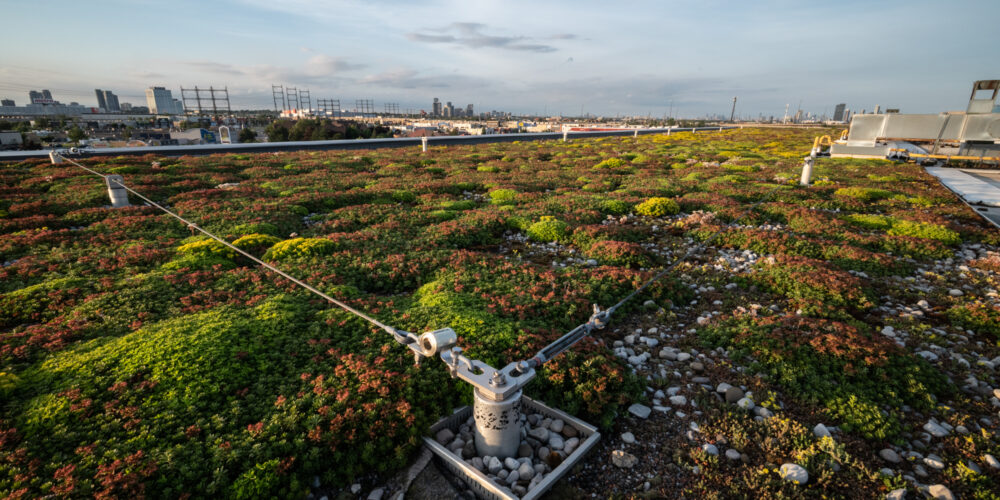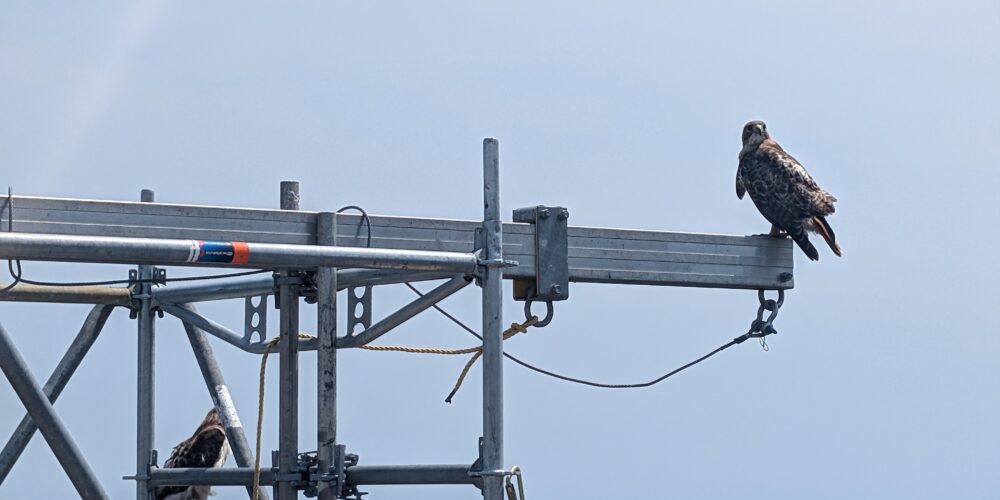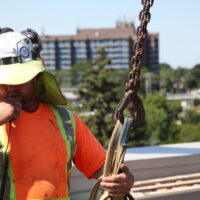New Year. Same Resolutions
Why do we make New Year’s resolutions?
Making resolutions isn’t a new trend. Historians say that the origins of New Year celebrations and personal pledges, to be and do better, were made by the ancient Babylonians some 4,000 years ago. Today worldwide celebrations happen at the turn of the calendar, but the ancients observed in mid-March, which was planting season, surely to ask for good crops for the year so they could sustain themselves. So, at the onset resolutions were to honour nature and the bounty it brings.
As a company rooted in nature-based solutions and the benefits accrued we resolve to stay connected to our mission of connecting living and built environments. At GINKGO we know what that means but appreciate that our vision and tagline might not readily resonate with those outside of the industry. We identify living environments as all sentient beings – people, plants, microorganisms, wildlife and how they interact or are affected by the inclusion or absence of nature in their environments.
Post industrialization we transitioned from an agriculture-based economy to a nation who relies heavily on manufacturing. Like most era’s, the shift, though amplifying production, created new challenges. Pollution being one of the side effects. Fast forward to today where we have an escalating climate crisis delivering apocalyptic scenarios around the globe and a deterioration of our general well-being, expanded food insecurity and an inflated affordability crisis.
Our mission is to deliver value
Our resolutions are grounded in the vision we imagined when we first opened our doors 15 years ago. Current economic and environmental conditions propel us to dig deeper and reach more communities. Our commitment to deliver value hasn’t wavered.
1. Install green roofs to reduce urban heat islands
In urban centres we have ploughed through nature to create roads, sidewalks and buildings that reflect the way we move, live and work today. The term the “concrete jungle “refers to the material that binds us – a dense concentration of buildings and other grey infrastructure that typically limits green space or access to it. The term is originally thought to have gained traction in the late 1960’s as a reference to New York City where skyscrapers and sprawling streets set it apart from other metropolises. In a case of art imitating life, the song Concrete Jungle released by Bob Marley in 1973 spoke to the struggles of urban life. A few years prior in 1969 The Human Zoo by English author, and zoologist, Desmond Morris compared city dwellers to animals in captivity and made the case that the city is not a concrete jungle, but a human zoo. Suggesting that many of the social insecurities we face are a bi-product of the impersonal and artificial trappings of our urban sprawl. Our move away from nature and building with impervious surfaces like cement, asphalt and concrete is one of the reasons our urban centres can be 1° to 3° Celsius warmer than densely vegetated rural areas. It is also one of many reasons we need to bring back and protect our natural elements.
2. Build green infrastructure to improve insulation and energy efficiencies
Green roofs are stacked systems which provide another layer of thermal insulation to the structure, reducing heating, cooling and energy costs. Air quality is also improved as plants absorb Volatile Organic Compounds (VOCs) found indoors and outdoors, caused by commonly used products including fossil fuels, paints, cleaners, furniture and personal care items. Clearing the air demands less of HVAC systems making them more efficient.
3. Better stormwater management in urban centres means less flooding
Our stormwater management systems are stressed by climate change and antiquated grey infrastructure. Precipitation at fast, furious and frequent paces create a high risk of flooding. Green infrastructure absorbs rainwater – reducing runoff and better managing onsite retention. Less flooding means less forced evacuation and disruption for occupants.
4. Partnering with change makers, decision makers and policy makers
Education and advocacy create awareness which are critical to the growth of the green construction industry. Bringing thought leaders and governments on board mandates change, boosts the economy by creating green jobs, reduces the environmental footprint of buildings and most importantly future proofs our communities.
5. The importance of maintaining what we built
Maintenance protects the integrity and longevity of the structure and requires the buy-in of property owners and property managers. Choosing not to maintain, often perceived as a cost cutting measure is short sighted. Neglect can lead to costly and unnecessary repairs or complete re-builds down the road.
6. Respect wildlife and their habitats
Sustainable building supports biodiversity. Overtime as we have eliminated natural spaces in our surroundings, we have also eliminated habitats for a variety of species on land and sea. When we re-introduce nature and protect our woodlots and wetlands we call out to the wild and invite her to come back home.
To mitigate the effects of climate change we resolve to continue fighting the good fight. To meet, and rise above the challenges, empowering resilient communities and improving how we live – environmentally, socially and economically.







